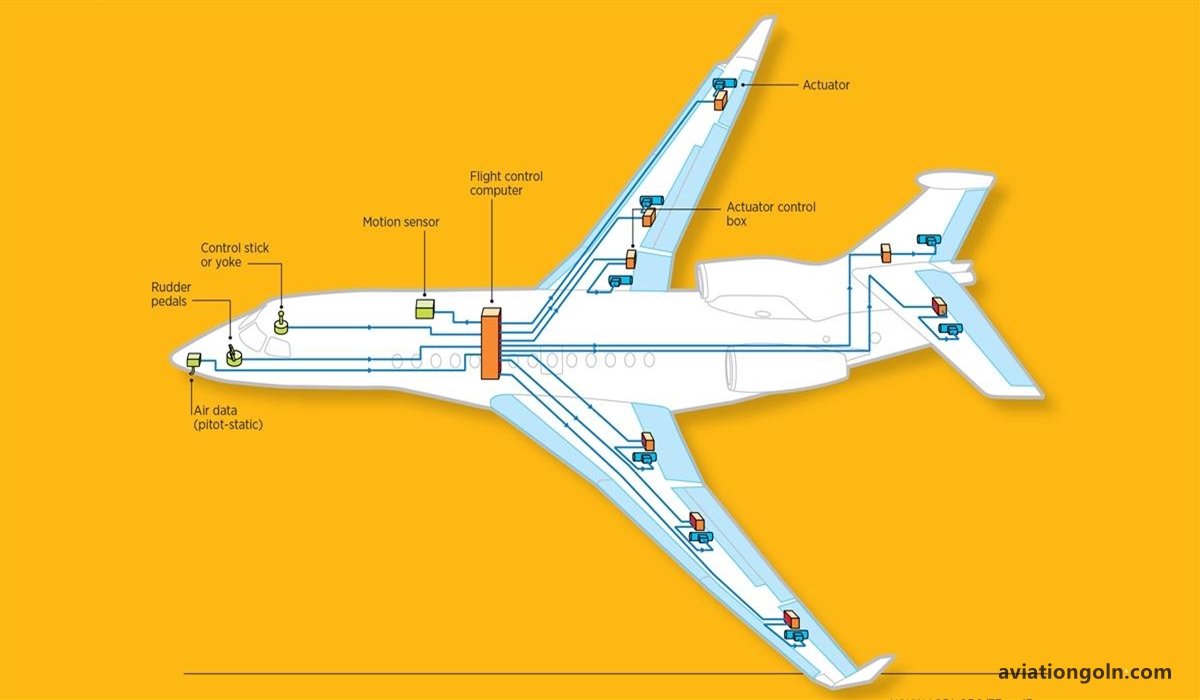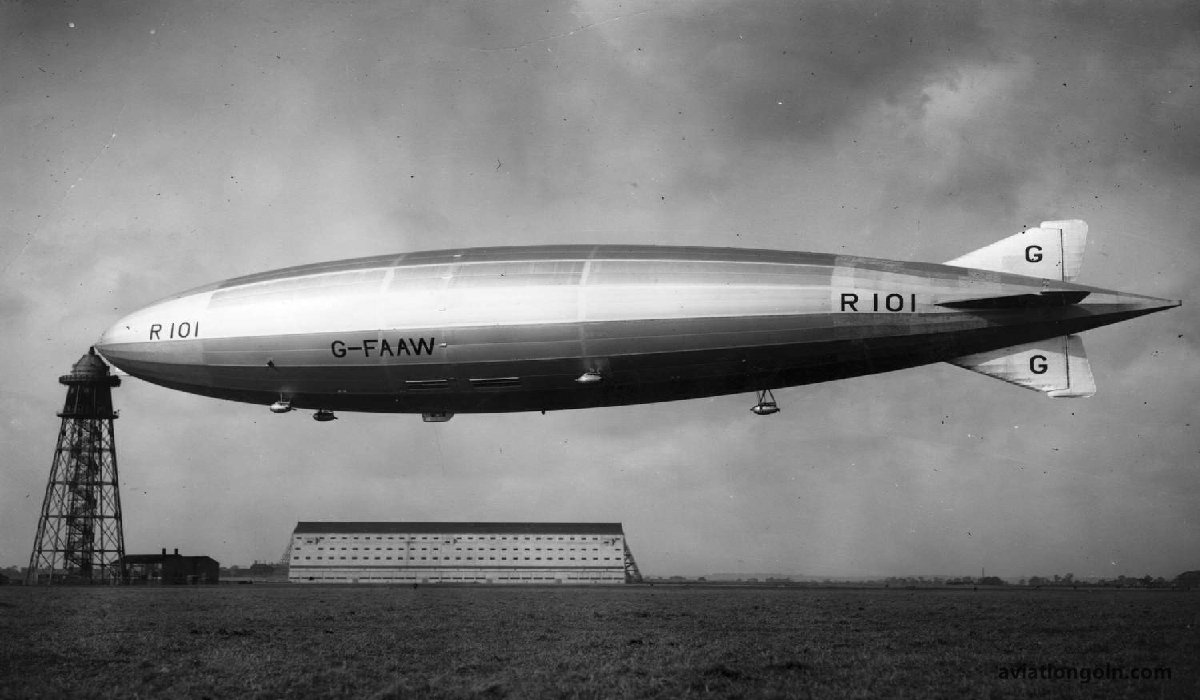History of Flight Mechanics, the science that studies the forces acting on an aircraft in flight and how the aircraft responds to those forces, has a rich history that dates back centuries. This field of study has driven innovations in the design, construction, and operation of aircraft, from the earliest concepts of flight to the modern jet age.
History of Flight Mechanics

Early Concepts of Flight
The dream of human flight dates back to ancient civilizations. Many ancient myths and stories, such as the Greek legend of Icarus, depict humans or gods soaring through the skies. The Chinese, around 400 BC, were among the first to make and fly kites, gaining an understanding of some basic aerodynamic principles.
In the Renaissance period, polymath Leonardo da Vinci sketched designs for various flying machines, including an ornithopter, which was based on bird flight. Although his designs were never constructed in his lifetime, they showed an early understanding of the importance of aerodynamics and the challenges of human-powered flight.

The Principle of Lighter-than-Air Flight
The first practical, sustained flight achieved by humans used the principle of buoyancy, leading to the development of balloons. The Montgolfier brothers, Joseph-Michel and Jacques-Étienne, in France in the 18th century, are credited with pioneering balloon flight. They used hot air to lift their balloon off the ground. Later, hydrogen, a lighter-than-air gas, was used to fill balloons, giving rise to the age of dirigibles and zeppelins, steerable balloons that became popular in the late 19th and early 20th centuries.

The Study of Aerodynamics and Heavier-than-Air Flight
As fascination with flight continued, inventors and scientists sought ways to achieve controlled, heavier-than-air flight. Sir George Cayley, in the early 19th century, is often referred to as the “Father of Aeronautics.” He established many principles that would form the basis for the study of aerodynamics. Cayley described the importance of an aircraft’s wings for lift, the need for propulsion, and the significance of control surfaces.
However, it was the Wright brothers, Orville and Wilbur, who would put all of this understanding into practical use. In the early 20th century, after years of experiments and development, they achieved the first controlled, sustained flight of a heavier-than-air powered aircraft. Their innovative three-axis control system, which allowed the pilot to maintain the aircraft’s equilibrium, became the standard for aircraft and remains a fundamental principle of flight mechanics.

The Development of Flight Mechanics
With the success of the Wright brothers, there was a boom in aviation during the early 20th century. This led to a deeper understanding of flight mechanics, as aircraft designs evolved rapidly. Key areas of study included:
- Stability and Control: Understanding how to make aircraft more stable and how to control them better in various flight conditions became paramount. Innovations like ailerons helped improve lateral control, making turns smoother.
- Propulsion: With the development of more powerful engines, aircraft could fly faster and farther. The jet engine, developed in the 1930s and 1940s, revolutionized flight mechanics by providing much greater thrust than propeller-driven engines.

- Structural Dynamics: As aircraft flew faster, especially approaching the speed of sound, understanding the dynamic loads and stresses on aircraft structures became critical. This led to innovations in materials and construction techniques, making aircraft lighter and more robust.
- High-speed and Supersonic Flight: As aircraft approached and then surpassed the speed of sound, new aerodynamic phenomena were observed, like shock waves and compressibility effects. The study of supersonic flight mechanics became essential, leading to the development of aircraft like the Concorde.

Modern Flight Mechanics
The latter half of the 20th century saw rapid advancements in technology, affecting all aspects of flight mechanics:
- Computational Fluid Dynamics (CFD): With the rise of computers, aerodynamicists began using CFD to simulate airflow over aircraft. This allowed for more advanced aircraft designs optimized for various flight regimes.
- Fly-by-Wire Systems: Electronics began to play a significant role in flight control. With fly-by-wire systems, electronic signals, rather than mechanical linkages, control the aircraft’s movements, allowing for more precise and responsive control.
- Unmanned Aerial Vehicles (UAVs) and Drones: The principles of flight mechanics were applied to develop UAVs and drones, which are now used for various purposes, from military missions to delivery services.

Flight mechanics has come a long way from ancient myths and dreams of soaring through the skies. The quest to understand the principles of flight has driven countless innovations, transforming humanity’s relationship with the skies. From the early understanding of buoyancy in balloons to the intricate electronic control systems in modern aircraft, the history of flight mechanics is a testament to human ingenuity and the relentless pursuit of knowledge. As we look to the future, with the prospect of exploring other planets and perhaps even stars, the principles and lessons of flight mechanics will undoubtedly continue to guide and inspire.
